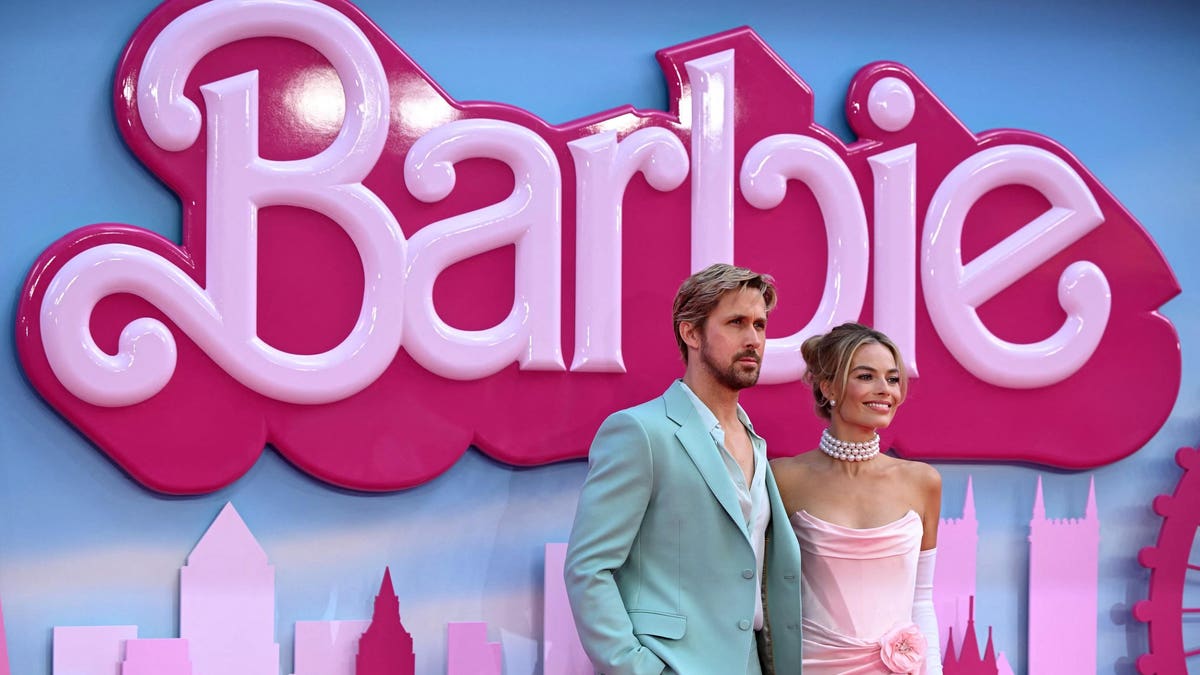In just two weeks, the Barbie movie, starring Margot Robbie as the iconic doll and Ryan Gosling as boyfriend Ken, has generated $351.4 million at the box office domestically and more than $750 million globally. The film’s popularity is based on a combination of nostalgia and positive memories of generations of girls who spent countless hours playing with the fashion doll since Mattel introduced her to the world in 1959.
While a critique of the doll is her genesis as a sex symbol with unrealistic proportions, Barbie has long been a working girl and has taken on more than many careers including flight attendant, nurse, astronaut, and business executive. In fact, Barbie’s creator, Ruth Handler, wrote in her 1994 memoir: “My whole philosophy of Barbie was that through the doll, the little girl could be anything she wanted to be. Barbie always represented the fact that a woman has choices.”
In the 21st century Barbie became an entrepreneur. In fact, Mattel introduced a Madame CW Walker Barbie inspired by America’s first documented self-made female millionaire.
Here’s what entrepreneurs can learn from Barbie:
She’s always up on trends and is recognized as an influencer: Barbie’s roots are as a fashion icon. Thus, she has always been a trendsetter, and she can sell. After all, Barbie is the best-selling doll in history and the brand has over 99% brand awareness globally.
She’s inspirational: Barbie is a small town girl from (fictional) Willows, Wisconsin, who has risen to international stardom. She shows us that there are no limits to what women can achieve. She started as a fashion icon, of course, but among the careers she has had are astronaut, surgeon, and entrepreneur.
She’s tech savvy: Not only does Barbie have experience as computer programmer and video game designer, her YouTube channel has more than 20 million subscribers. She is a powerful social media presence with 3.4 million followers on Instagram. Barbie apps average more than 7 million monthly active users.
She embraces diversity: Barbie is the most diverse doll line, according to Mattel. She famously has strived to show girls they can be anything through a range of careers traditionally held by men. In 1980, Black and Hispanic dolls were released. Barbie now has different body types (curvy, tall, and petite), 35 skin tones, and over 90 hairstyles. Dolls reflecting physical disabilities recently have been introduced.
Barbie has evolved, presents positive representation of various groups and reflects today’s diverse society… and the doll is as successful as ever. Dolls are sold in 150 countries across the globe, and by 2009, more than 1 billion Barbies had been sold. In 2021, Mattel sold 86 million dolls from the Barbie family, which equates to 164 dolls being bought every minute, or roughly three dolls every second.
Perhaps Barbie’s greatest success during the past 64 years has been in being a role model for business achievement. As she has grown, so have career and entrepreneurial opportunities for women.
Related: Women-Owned Businesses Thrived In 2022
The National Women’s Business Council’s 2022 Annual Report found that women-owned nonemployer firms totaled 10.9 million in 2018, a share of 41% of all nonemployer businesses in the U.S. These businesses generated $1.3 trillion in revenue. There are nearly 13 million women-owned businesses in the U.S. as of 2019, and from 2014 to 2019, the number of firms owned by women of color increased by 43%, according to American Express’s State of Women-Owned Businesses Report.
The Biz2Credit Women-Owned Business Study releases earlier this year examined financial indicators, including annual revenue, operating expenses, age of business, and credit scores of 150,000 small business loan applicants. The analysis found that women entrepreneurs are thriving.
• Average Earnings (Annual Revenue – Operating Expenses) for women owned businesses increased 27% ($57,712 in 2022, up from $45,295 in 2021), while earnings for male-owned businesses increased 22% ($108,067 in 2022, up from $88,328 in 2021). Earnings for all small businesses increased by 23% last year, rising from $69,451 in 2021 to $85,593 in 2022.
• Average Revenue for women-owned businesses rose 2% to $263,091 in 2022, up from $258,590 the previous year. A year-over-year comparison showed an increase in overall annual revenue by 2% and a decline in operating expenses by 3%.
Meanwhile, growth continues in a wide range of sectors, including Services, Accommodation and Food, and Healthcare. Further, women-owned firms are doing well in traditionally male-dominated industries, such manufacturing, warehousing, logistics, and construction. While we cannot say that Barbie paved the way in those particular categories, she did provide the mindset that women can achieve anything in business that they put their minds to.
Read the full article here





